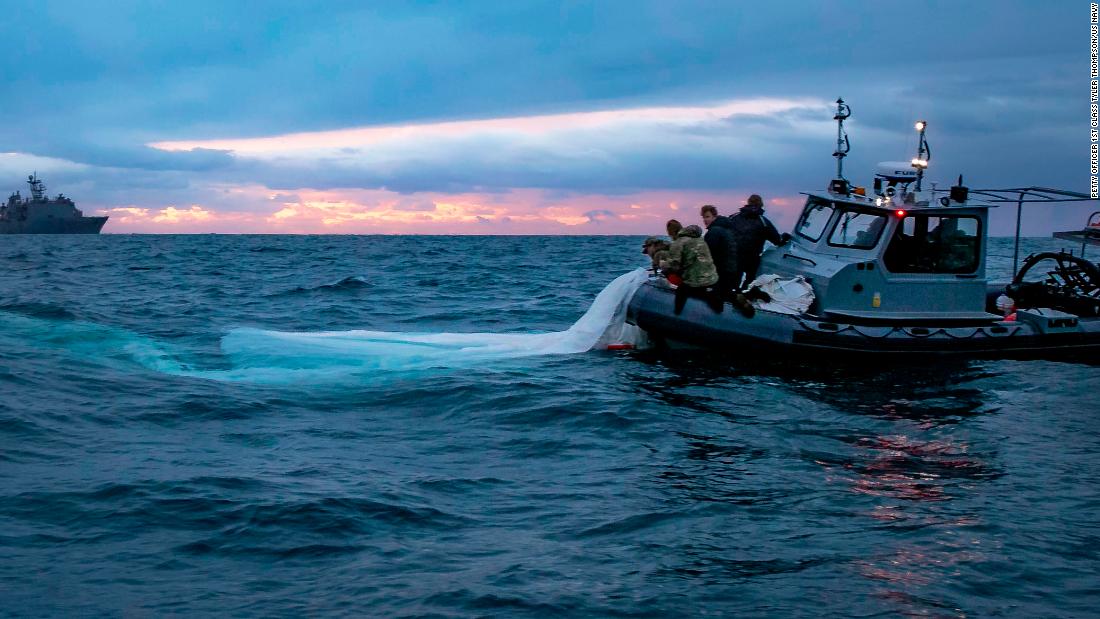California ‘Red Flag Law’ Hampered by Funding, Coordination Issues: Study
Lack of sufficient funding and a failure to coordinate between law enforcement agencies has reduced the effectiveness of a 2016 California law authorizing police to remove firearms from people considered to be at risk of harming themselves or others, according to a UC Davis study.

In January 2016, California legislators passed the Gun Violence Restraining Order (GVRO) law, which provides a legal mechanism for law enforcement to temporarily remove deadly firearms and ammunition from people who are at risk of harming themselves or others.
However, a new study published in PLOS ONE from the UC Davis Violence Prevention Research Program (VPRP) has uncovered that the success of the law has been “hampered” by a lack of funding. The financial troubles have led to “ad hoc policies and procedures” as well as inconsistent practices and “widespread confusion” among enforcers.
The VPRP researchers conducted 21 semi-structured interviews with 27 key informants, including judges, law enforcement officers, city and district attorneys, policy experts, and firearm violence researchers. Of the 14 counties that had issued a GVRO law before 2020, none of the counties and their agencies were represented in the study.
“The three main agencies involved in implementation are law enforcement, the judicial branch and city attorneys (who act as prosecutors),” said Veronica Pear, lead author on the paper and an assistant professor at VPRP.
The key individuals interviewed were asked about their experience with and perceptions of the GVRO laws, as well as asked about the implementation process in their communities. They were also asked about how effective they feel GVRO laws have been at reducing firearm violence.
The researchers uncovered a lot of internal confusion.
“In our interviews, we found that each of those bodies was largely unaware of the law when it first went into effect,” Pear detailed. “So, when an order did come through the system, no one knew how to handle it — there were no policies or procedures in place for guidance.”
The researchers also found that law enforcement officers don’t have GVRO time incorporated into their workflow, resulting in officers expressing that the “very time consuming” and “burdensome” risk-mitigation eats away into personal time when they’re off the clock.
While it eats away at time off the clock, it also takes up a lot of time on the clock — as well as being very resource intensive. Key informants shared stories of countless incidents where professionals outside law enforcement have had to be brought in.
“We’ve had [the respondents] barricade themselves in and refuse to hand over guns, because you’re dealing with people who are unstable,” one interviewee said. “Then that’s resulted in [a] SWAT standoff for a few hours and a clinical mental health person engaging in conversation.”
Participants identified an individual’s lack of willingness to surrender firearms as a critical risk point — which one law enforcement officer estimated to occur in about 50 percent of the cases they’ve responded to.
On the judicial side, the researchers found that there is a lot of confusion surrounding how to legally handle situations, considering GVROs are civil orders — but are in the penal code with criminal offenses, according to the research.
Within their interviews, the researchers also found that GVROs can be “misused or underutilized” in communities of color because “racial bias creates limited access to police as a protective resource.”
Despite these challenges, most key informants shared that they perceive GVROs to be effective — but noted that more empirical evidence over time, and a streamlining of the process, would be beneficial for all.
Key Informant Recommendations
During the interviews, the researchers noted areas and specific recommendations from those they’ve interviewed.
To combat GVRO work eating away at personal time, one officer suggested that they should create emergency orders whenever appropriate, since they involve less paperwork and do no not require a petitioner to appear in court until the hearing for the 1-year order.
To reduce risk at the time of the service and collection of the firearm from an individual, key individuals also suggested preemptively obtaining an “anticipatory search warrant” (often called a “trigger” search warrant) so that if someone refuses to cooperate, the officers can still immediately retrieve the firearm.
Currently, it’s not that seamless, as one interviewee explained the process of what happens when someone immediately doesn’t comply.
“The police would have to keep the scene held down. Then they have to go obtain a search warrant. Then they have to come back and present the search warrant and use the search warrant to go in. So, that’s a high-risk situation,” they shared. “You have to secure a scene. You have to surround it. You have to take a lot of patrol officers off the street. It takes time. You, of course, have alerted the person of what you’re going to do. So, it’s high-risk and takes a lot of resources.”
Policy Implications
As of October of this year, 19 states including Washington D.C. have some sort of GVRO law, sometimes known as Extreme Risk Protection Orders. Of these national laws, 16 were implemented after California’s law went into effect, the researchers note.
“As an early adopter of GVROs, we hope California can provide lessons that other states can learn from,” Pearl detailed. “For example, for states that have not begun implementation, we recommend dedicating funding for implementation and creating local procedures statewide prior to the law’s rollout.”
Recommendations also include providing training on the GVRO law to make the roles, responsibilities, and procedures clearer to officers, city attorneys and civil court judges.
“Key informants overwhelmingly believed that GVROs have the potential to decrease firearm violence and improve public safety,” Pear concluded. “But these benefits can only be realized if those tasked with implementation are knowledgeable and well trained.”
Veronica Pear is the lead author on the paper and an assistant professor at VPRP. The other authors on the study are Julia P. Schleimer, Elizabeth Tomsich, Rocco Pallin, Amanda Charbonneau and Garen J. Wintemute from VPRP, and Christopher E. Knoepke from the University of Colorado School of Medicine.
Additional reading: GOP Stalls Red Flag Laws in Bid for Gun Rights Support
The full paper can be accessed here.

 Landwebs
Landwebs 
























